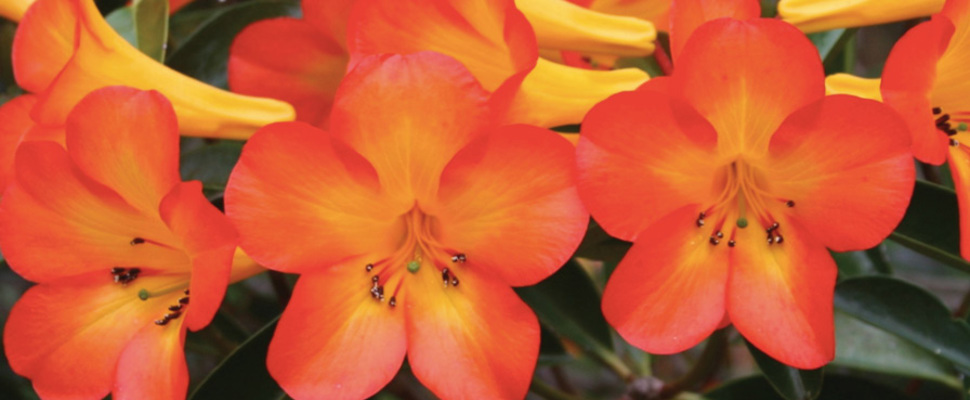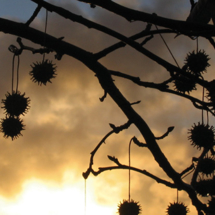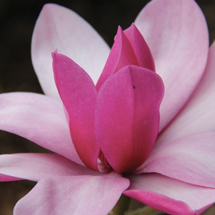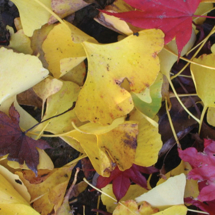
May
In May autumn is well and truly here. The rains increase and it's cooling off more, but the soil is still warm enough to plant out seedlings.
In May, temperatures are still cooling off, and there may be the last of late summer harvest to preserve and store from the vege garden and fruit trees. Save and store seed from favourite healthy edible plants to sow and enjoy again next year. Try this with tomatoes, capsicums, beans, pumpkins and squash.
Autumn is the main season for planting trees and shrubs as the soils are still warm and they can establish over the wet winter months to follow. It is also an excellent time for planting frost-hardy perennials and winter annuals and vegetables.
What to plant
Edible garden
- Plant winter vegetable seedlings such as cabbages, cauliflowers, broccoli, kale, lettuces, beetroot, parsley.
- Add lots of organic matter like compost and manure and work into the soil before planting seedlings.
- Plant rhubarb in a sunny place. Prior to planting, work generous quantities of compost into the soil.
- Prepare beds for garlic by working in compost. Start planting cloves now, complete final planting before the Shortest Day. It needs six months in the ground before harvesting in midsummer. If you are splitting up a whole garlic bulb to get the cloves, take care not to damage the base of the clove, and plant them pointy end up! Garlic bulbs are available at garden centres or supermarkets. Look for those grown in New Zealand as imported garlic often does not sprout.
Flower garden
- May is usually too cold for any flower seed to germinate.
- Plant tulip bulbs into free draining soil about 120mm deep in a sunny spot. Position bulbs with the pointy top uppermost.
- Now is the time to plant lily bulbs in free-draining soil to avoid them rotting off over winter. Taller varieties will need staking. Protect new shoots from slugs and snails.
- Before the end of June, plant sweet pea seed directly into the garden adjacent to a trellis or other structure they can climb up. Prior to planting, work generous quantities of compost into the soil. We recommend Hammett types.
What to harvest
- Winter crops such as coriander, lettuces, rocket, cress, corn salad, parsley etc. are now becoming ready for harvest.
- Harvest feijoas and tamarillos. You can bottle or freeze any surplus.
Shrubs & Perennials
- Many perennials decline in vigour and flowering unless divided every few years, particularly deciduous types that die back to ground level in winter such as asters, rudbeckias, monardas etc.
- The next couple of months are ideal for dividing perennials. Divisions taken from the outside of the old clump are best for replanting.
- It is easiest to dig up the whole clump and place two garden forks back to back where you want to split the clump. Then you can prise the two pieces apart.
- Before replanting, work compost into the planting site. Plant the new clumps in their new location with their crown just below the surface. New shoots may need protection from slugs and snails.
- Plant shrubs and start your new beds and plantings. Move shrubs now if you need to.
Trees
- Autumn through winter is the best time to plant trees and fruit trees as the soil is still warm, enabling them to establish roots over the winter and spring months (a tree planted in the right season with mulch around it will need less water come the summer months). See how to plant trees and choosing a tree.
- Bare rooted, field-grown ornamental trees and fruit trees become available for purchase from early winter. Work compost into the site before planting. Secure trees to stakes using a non-abrasive material such as old pantyhose or soft ties (available at garden centres). Water thoroughly once planting is complete.
Lawns
- When newly sown lawns are sufficiently tall, they can be cut. Set the mower height quite high, so only the tips of the grass are removed.
 June
June
 July
July
 August
August